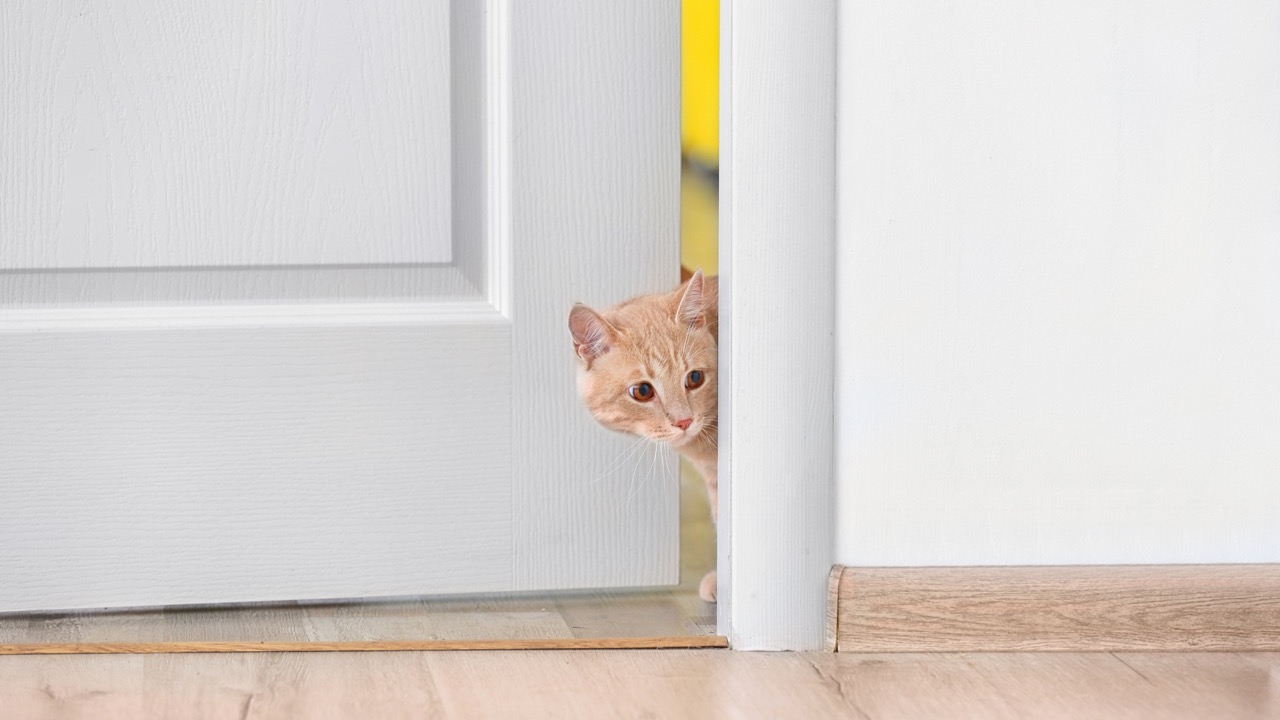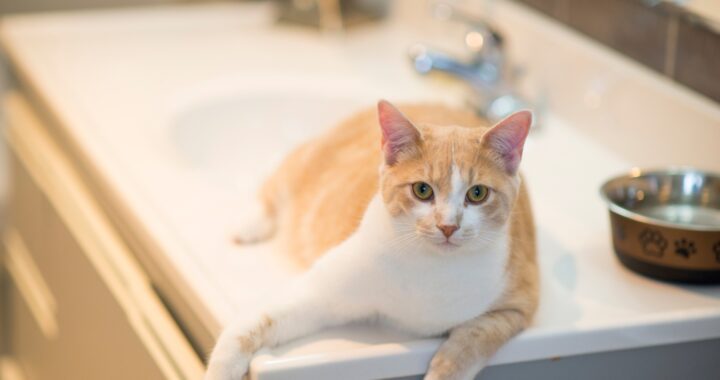Bringing home a new kitty is an exciting time—and watching your feline friend explore their new place can be a joy—but allowing your new cat unrestricted access to your entire home right away can cause your cat unnecessary stress. To ensure a smooth transition, it’s crucial to start by confining your new kitty. By starting in a small room, you create a comfortable space for your cat to adjust while also promoting good litter box habits. Here’s a step-by-step guide on confining your new kitty yo optimize the transition period:
1. Choose an Ideal Room:
Select a small room, preferably a bathroom, for your new friend’s temporary home-base. Bathrooms are easy to clean and provide easy access; they also have less furniture for the kitty to hide under, damage, or soil while they familiarize themself with the litter box location.
2. Create a Kitty Oasis:

- Set up the confined area with essential items such as food, water, a bed, and a litter box.
- Ensure the floor is free of laundry, as soft fabrics can entice your kitty to eliminate outside the litter box.
- Remove small, irresistible items like hair ties, dental floss, earrings, and bobby pins.
- Safely store any potentially toxic cleaning products and seal off small, inaccessible hiding places.
- Enrich the environment with things such as scratching posts, toys (no strings, feathers, or small toys that could be hazardous when used unsupervised), a cat bed, etc.
3. Household Integration:

If your new kitty is the only furry friend in your home, you can gradually allow them out of the confined space, provided there are no signs of stress or fear, once they receive a thumbs up from the vet. The adjustment period varies from cat to cat, for some cats it may last about a week, while shyer cats may require weeks or even months. Begin with supervised visits to new areas of the home, gradually increasing their access to more space.
If you are introducing your new cat to a multi-pet household, the process of integration and introduction will look different. Here’s a guide to help navigate the process.
4. Restart if Necessary:
If your adult cat hides immediately upon leaving confinement, it’s wise to take a step back and try confinement again. Adult cats tend to be more cautious and should not be rushed into the process.
Common Situations and how to address them
1. I adopted a kitty and don’t have a space prepared:

If you didn’t have a chance to set up the space before adopting your new kitty, leave her in the carrier while you prepare the confined area.
2. Adopting Multiple Cats:

If you’re bringing home two kitties simultaneously, and they have already lived together, confine them together. However, if they haven’t met before, it’s best to confine them separately until they receive a clean bill of health from their veterinary wellness check.
3. I have other Pets at Home:

Confining the new arrival helps your other furry family members adjust. While your new kitty becomes familiar with the sounds, routines, and smells of your home within her safety zone, your established pets become acquainted with her scent. It’s especially important to keep your resident pets and your newcomer separated until you’ve taken the new kitty to the vet and received a clean bill of health. (Here’s a guide to successful pet introductions.)
By following these guidelines, you can set your new furry friend up for a successful transition. Confine your kitty by limiting their ability to roam and explore the entire house right away, and with patience, you’ll be rewarded with a happy and well-adjusted family member!




